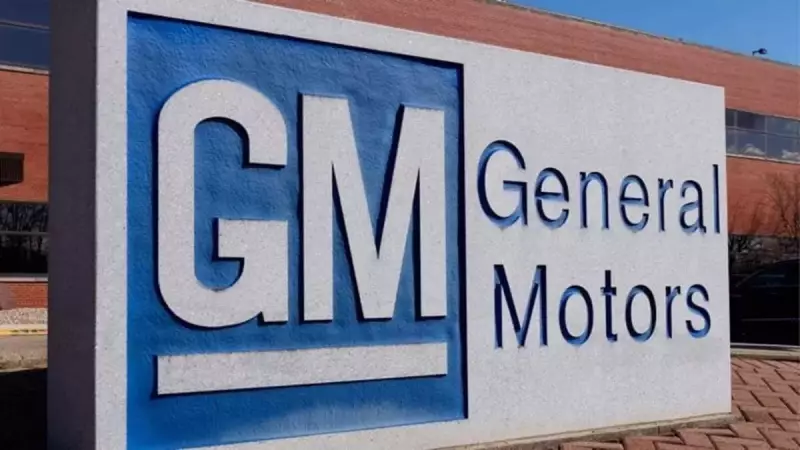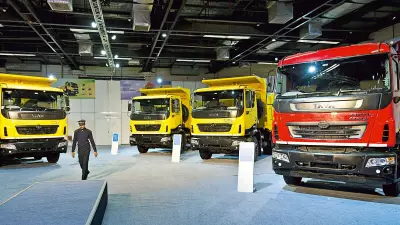
American automotive giant General Motors is taking decisive action against ongoing geopolitical disruptions by instructing its extensive supplier network to completely eliminate Chinese components from their supply chains. The Detroit-based automaker, which holds the title of America's largest car company by market share, has set an ambitious timeline for this massive transition.
The Great Supply Chain Shift
According to Reuters reports, General Motors has directed several thousand suppliers to scrub their supply chains of parts originating from China. Company executives have been actively telling suppliers to find alternative sources for raw materials and components, with the ultimate goal of completely unwinding China-linked supply lines.
The push intensified this spring as U.S.-China trade hostilities deepened, though GM began approaching vendors about the plan in late 2024. Some suppliers have been given a clear deadline of 2027 to close their China sourcing operations, marking a significant acceleration in the company's de-risking strategy.
Geopolitical Pressures Mount
The U.S. auto industry has faced substantial challenges throughout 2025, experiencing tariff swings under President Donald Trump's administration, fears of rare-earth shortages, and fresh concerns over chip availability. These factors have prompted automotive companies to fundamentally rethink their reliance on China, which has long served as a cornerstone of global automotive manufacturing.
GM's directive specifically applies to parts used in vehicles built in North America, the company's largest production region. While GM prefers suppliers based in the United States, the company remains open to non-U.S. sources as long as they are outside China. The automaker's restricted sources list also includes Russia and Venezuela due to U.S. national-security rules, though China accounts for the bulk of affected content.
Technical and Financial Challenges
For many suppliers, disentangling from China is proving both expensive and technically challenging. China dominates critical segments including lighting, electronics, and tool-and-die manufacturing, making suitable substitutes difficult to find and often more costly.
An executive at a major parts manufacturer revealed to Reuters that "suppliers are scrambling" to meet GM's demands. Collin Shaw, head of MEMA, the Vehicle Suppliers Association, emphasized that companies have been working to "de-risk" their supply chains by reducing exposure to China and other high-risk countries.
However, Shaw noted the immense challenge ahead: "In some cases this has been 20 or 30 years in the making, and we're trying to undo it in a few years. It's not going to happen that fast."
The transition complications became particularly evident when China halted shipments from chipmaker Nexperia following an intellectual-property dispute with Dutch authorities. This stoppage threatened production lines worldwide because Nexperia supplies inexpensive chips used throughout vehicle electronics.
GM has already taken preliminary steps to reduce dependence on China for electric-vehicle batteries and semiconductors, including partnerships with a U.S. rare-earth firm and investment in a Nevada lithium project. However, the new initiative covers a much wider range of basic components, representing a comprehensive overhaul of the company's global sourcing strategy.





